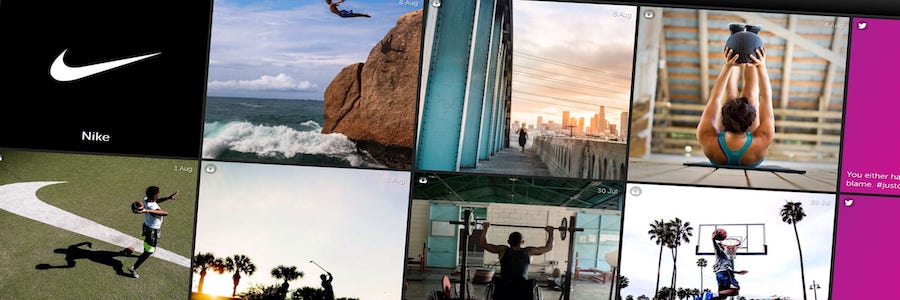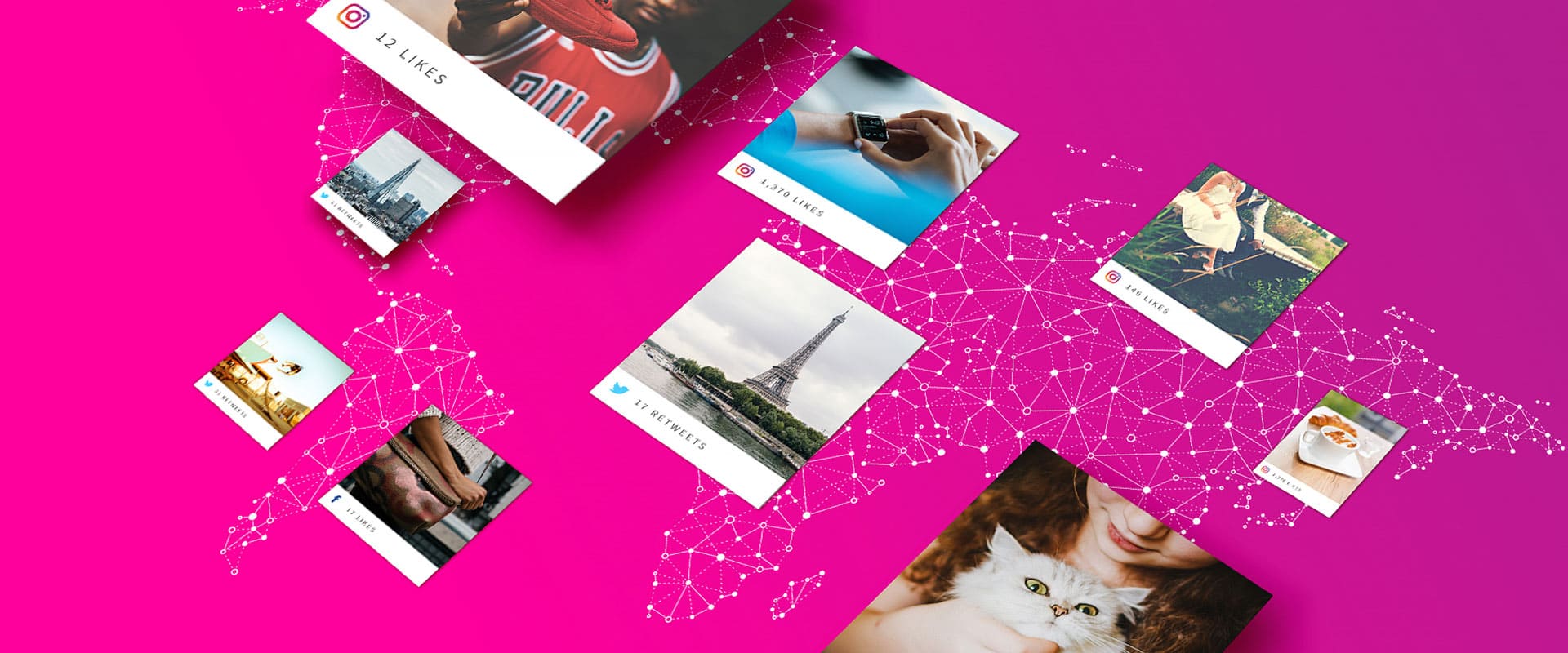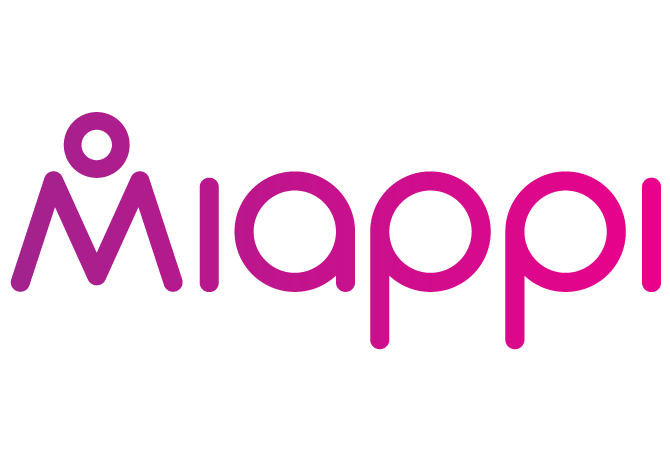What is a Content Discovery Platform?

What is content to brand marketers?
Broadly, marketing campaign budgets are typically split into production and distribution i.e. the cost to create the content and the budget needed to distribute the content to the target audience.
The content that brand marketers use today can be arranged into two main categories:

1. Owned Content
2. Earned content (content created by consumers)
UGC is typically comprised of images, videos and comments, many of which directly relate to a brand and/or their products and services.
As consumers are creating content for free it presents a great opportunity for brands. Not only is consumer content plentiful but, in most cases, it is also free to use. That’s right, free content that’s always being replenished by an army consumers talking about brands and their products! Just what the content hungry marketing department needs in order to keep marketing channels looking fresh.
If you’re excited by that idea, this is really going to make you happy. There’s an even more compelling reason why brands like to use consumer-generated content – consumers trust their peers more than they trust brand messaging and paid-for influencer messaging. In other words, they trust the user-generated videos, images and testimonials that they see online more than anything else.
Perhaps then, when all is said and done, UGC is really about authenticity and building trust between the consumer and the brand.
Why brands use consumer-generated content
Social proof is the idea that we trust what other people say about brands more than we trust what brands say about themselves, which is why we look at product reviews before making purchases and why we ask people for their recommendations before we choose where to eat dinner or to go on holiday.
According to research from Nielsen, as many as 92% of people will trust a recommendation from a peer, while 70% of people will trust a recommendation from someone they don’t know. Reviews are, of course, a vital part of the marketing and communications strategies for many brands, ranging from indie authors promoting their books to global fashion brands receiving feedback from their customers.
It pays to integrate this authentic content into your marketing activities. The Internet Advertising Bureau found that advertising that features consumer-generated content is 28% more unique and 31% more memorable than traditional advertising.
With the right technology and processes in place, leveraging authentic consumer content can be extremely cost effective. Moreover, the opportunity is there for brands to foster longer-term, more fruitful relationships with these consumers, making them valuable contributors for months and years to come.
The growing number of B2C brands such as Dove, Heineken, Sprite and Camper Shoes are leveraging consumer content – proof it is fast becoming a go-to method of content marketing for many. All of these brands have used the Miappi UGC platform to harness the power of their consumer-generated content.

What is a content discovery platform?
The goal of using a content platform like this is usually to automate and streamline the content discovery process, ultimately saving your company both time and money at the same time driving online engagement using authentic pieces of consumer content. For a complete consumer-generated content strategy, the content discovery platform you choose should enable discovery, curation, content-licensing (usage rights) as well as content distribution to relevant marketing channels – websites, digital screens, emails, paid advertising etc.
A. Discovery
B. Curation
You might find that you have groups of content that refer to specific product lines or events that you are sponsoring. This is where a folder system comes in handy. Most platforms will allow you to organize these groups into folders to help you manage your consumer-generated content more efficiently.
Once you have begun to filter and pick out the best bits, you may want to cross reference your content against brand guidelines, taking into account specific situations, language or brand colours. You may want to circulate content with your wider team for additional feedback on content you have shortlisted. Typically, content discovery platforms will also provide a workflow that’s designed to facilitate the sharing process. Miappi for example, now has a set of customisable manager permissions, so that you can control what type of access different teams have to your dashboard.
C. Licensing
In some, although by no means all, use-cases it is important to seek the explicit consent of the content creator before using their content in your marketing. This is done by reaching out to consumer and inviting them to share their content with you (the brand) by agreeing to relevant terms and conditions. You can do this with Miappi’s Engage feature for example.
The platform will then organize and display all of those sent, pending and approved requests for consent.
As your library of authentic, rights-approved content begins to take shape, you will likely want to distribute or publish the best bits where it can influence others.
D. Distribution
- Reposting it on owned social media channels
- Embedding it as a widget on webpages, blog articles and campaign microsites
- Adding it to ecommerce pages
- Including it within post-purchase/general CRM emails
- Displaying it in stores or on digital displays at events
By republishing your best consumer-generated content to other channels, you are able to influence others with authentic social proof that will help encourage new customers. In the process of engaging with those original content creators and leveraging their content, you are also building rapport with superfans you have identified on social media. These individuals will likely remember you and buy your products for years to come.
Conclusion
Thanks to the proliferation of content discovery platforms, there’s more choice than ever before when it comes to discovering, sharing and promoting consumer content. The real challenge isn’t finding a decent discovery platform, it’s figuring out how this content discovery strategy relates back to your overall marketing strategy and your business’s growth strategy as a whole.
Don’t be put off if you are sceptical about the quantity or quality of consumer-generated content that may exist for your brand. There are easy strategies that can be employed to get consumers talking.
If you’re in the market for a content discovery platform of your own, be sure to reach out to us here at Miappi or to sign up for a free demo. If you are not ready just yet and still have some research to do, why not read our UGC platform buyer's guide next?




